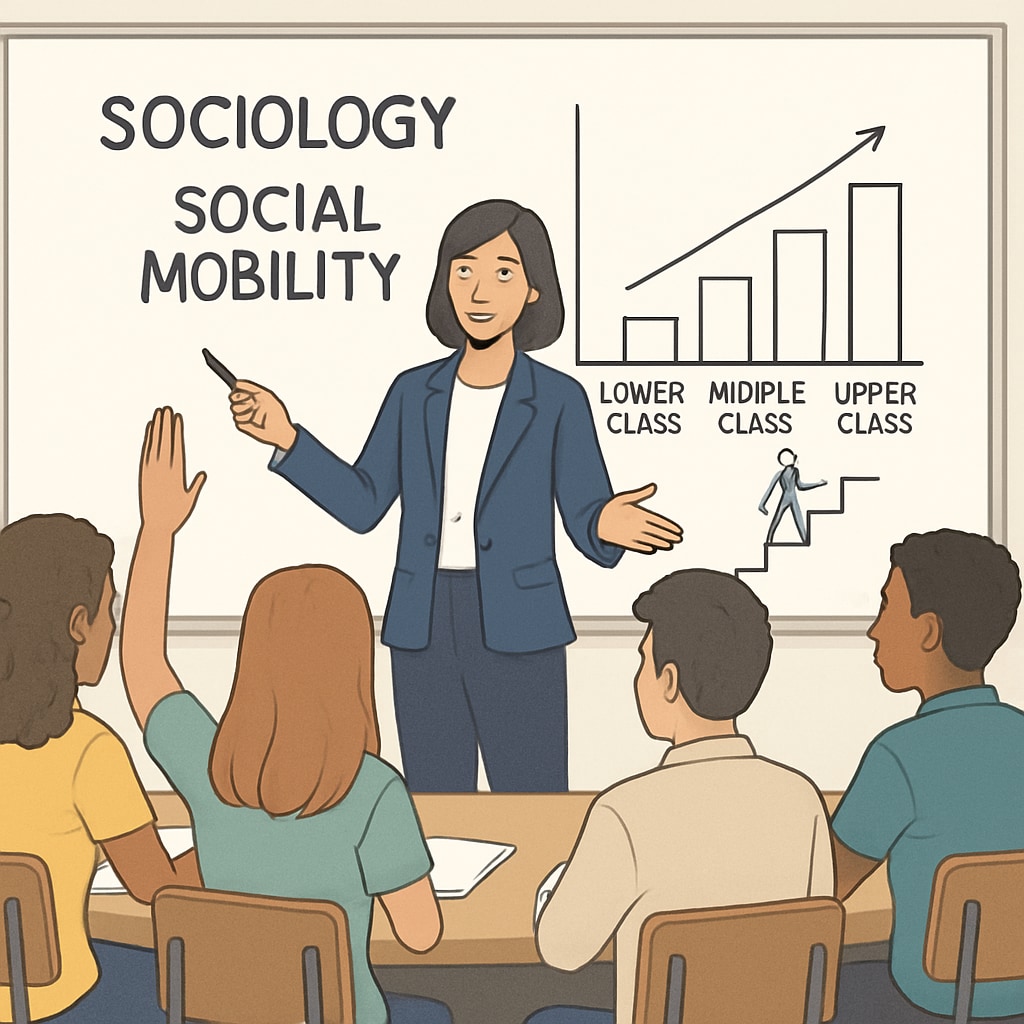The concepts of “social class systems,” “sociology education,” and “rigid beliefs” are central to understanding the controversy surrounding a sixth-grade lesson that inaccurately taught students that social class is “unchangeable throughout one’s lifetime.” This rigid and misleading perspective sparked widespread debate among educators, parents, and sociologists, as it undermines the dynamic nature of social mobility and risks limiting students’ aspirations. In this article, we will explore the implications of such teachings, their dangers, and the importance of providing students with accurate and balanced knowledge of social class systems.
How Misrepresentation of Social Class Affects Students
Social class systems (the stratification of society based on factors like wealth, education, and occupation) are inherently complex. Misrepresenting these systems in education, especially by suggesting immobility, can have profound psychological and developmental impacts on young learners. When students are taught that their social standing is immutable, they may internalize a sense of helplessness and limit their ambitions. This perspective contradicts sociological findings, which indicate that upward mobility, while challenging, is possible through education, hard work, and systemic change.
For example, a study from Wikipedia’s Social Mobility page reveals that societies with robust educational systems tend to facilitate greater movement between social classes. By failing to highlight these possibilities, educators risk creating barriers to student motivation and aspiration.

The Danger of Promoting Rigid Beliefs in Sociology Education
Sociology education should aim to foster critical thinking and nuanced understanding of societal structures. However, when lessons promote rigid beliefs, they can inadvertently reinforce stereotypes and perpetuate inequality. For instance, teaching students that their social class is fixed might discourage them from pursuing higher education or other avenues that could lead to upward mobility.
In addition, such teachings fail to address systemic factors that influence mobility, such as government policies, economic opportunities, and societal attitudes. Resources like Britannica’s Social Class article emphasize the importance of discussing these factors to provide students with a holistic understanding of societal dynamics.

Encouraging Balanced Perspectives in K12 Classrooms
To counter the risks of teaching rigid beliefs, educators must adopt a balanced approach that acknowledges both the challenges and possibilities of social mobility. This includes:
- Teaching the historical and cultural variations of class systems to highlight their dynamic nature.
- Incorporating real-world examples of individuals who have achieved upward mobility through education, entrepreneurship, or advocacy.
- Discussing systemic barriers while emphasizing potential solutions, such as policy reforms and community initiatives.
By integrating these elements into the curriculum, students can develop a more comprehensive understanding of social class systems and feel empowered to envision their own paths to success.
Conclusion: The Need for Accurate and Inspiring Education
In conclusion, the controversy surrounding the sixth-grade sociology lesson highlights the critical role educators play in shaping students’ perceptions of the world. Misrepresenting social class systems as rigid and immutable not only distorts reality but also risks stifling students’ potential. By providing accurate, balanced, and inspiring perspectives on social mobility, educators can empower students to believe in their ability to overcome challenges and achieve their goals.
Education is not just about imparting knowledge—it is about fostering hope and ambition. Let us ensure that the classroom remains a space where students learn not only about the world as it is but also about the world as it could be.


